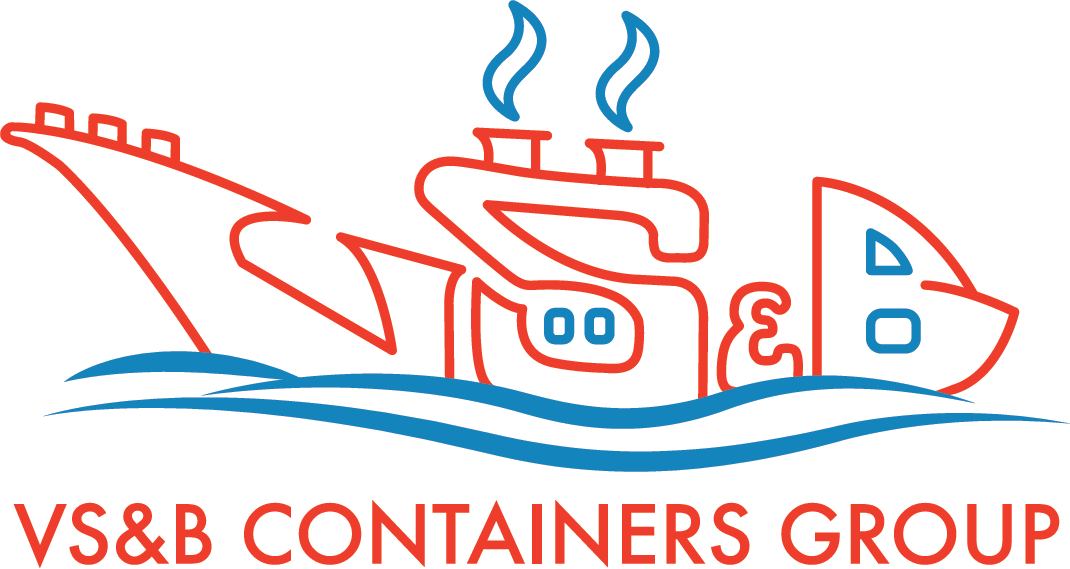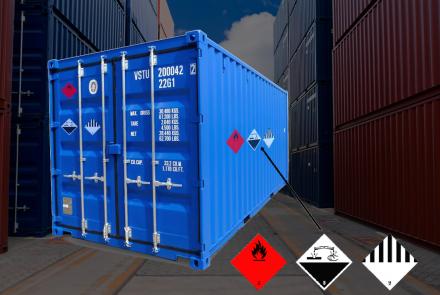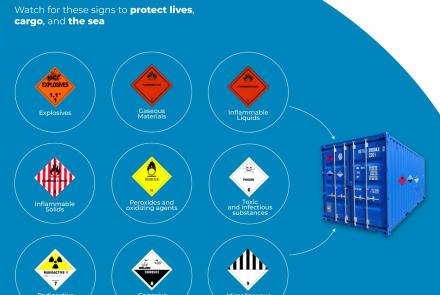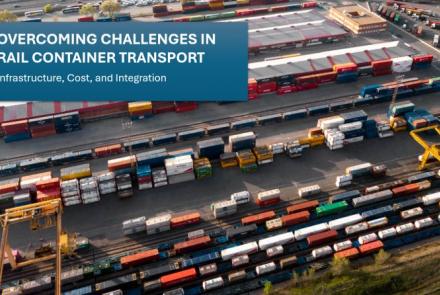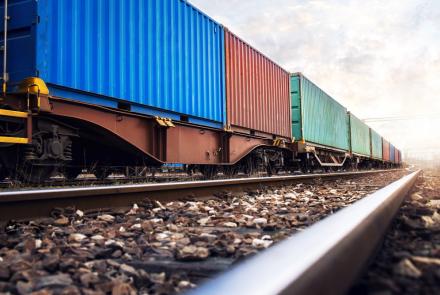Precise positioning of containers on board, well-maintained twist locks & lashings together with proactive steps to counter vessel instability arising from sudden and extreme weather can go a long way in reducing the loss of containers in the seas.
BLOGS
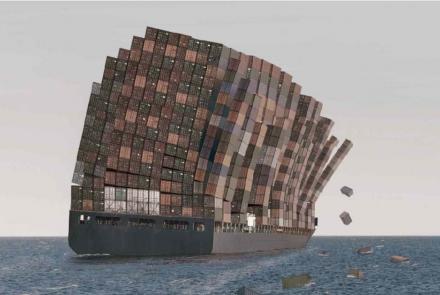
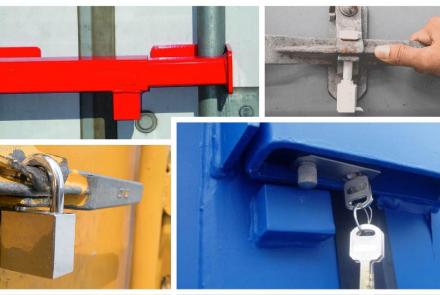 / 12 Nov 21The safety of cargo in containers is often taken for granted, but it is a fact that losses from theft of cargo because of imperfectly secured container doors are a mounting problem. Paying a little more attention and using the right type of container door locks can mitigate the chances of burglaries to a great extent.
/ 12 Nov 21The safety of cargo in containers is often taken for granted, but it is a fact that losses from theft of cargo because of imperfectly secured container doors are a mounting problem. Paying a little more attention and using the right type of container door locks can mitigate the chances of burglaries to a great extent.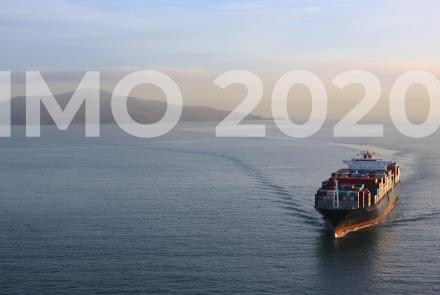 / 29 Oct 21Pioneering model novelties in the type of fuel used by shipping vessels to cut down atmospheric pollution, thereby safeguarding our environment and the well-being of our people are among the urgent agendas the International Maritime Organization is working on. Such initiatives should make the industry more sustainable as it navigates the challenging times ahead.
/ 29 Oct 21Pioneering model novelties in the type of fuel used by shipping vessels to cut down atmospheric pollution, thereby safeguarding our environment and the well-being of our people are among the urgent agendas the International Maritime Organization is working on. Such initiatives should make the industry more sustainable as it navigates the challenging times ahead.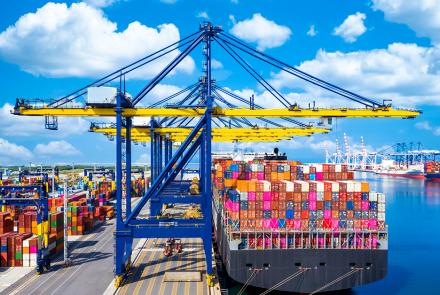 / 22 Oct 21Shipping container vessels abide by stringent safety procedures and time-bound schedules at ports of call. In the course of such port stays, the deck officers shoulder the responsibility of keeping a watch over the loading and discharge of cargo, as well as other activities happening onboard. As we can guess, for deck officers, port stays are often more demanding and stressful than uneventful days at sea.
/ 22 Oct 21Shipping container vessels abide by stringent safety procedures and time-bound schedules at ports of call. In the course of such port stays, the deck officers shoulder the responsibility of keeping a watch over the loading and discharge of cargo, as well as other activities happening onboard. As we can guess, for deck officers, port stays are often more demanding and stressful than uneventful days at sea.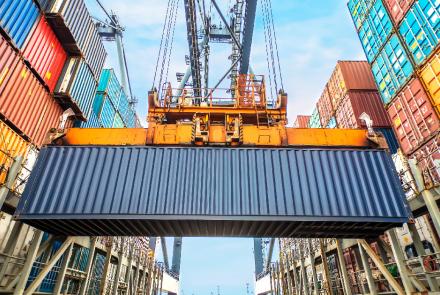 / 20 Oct 21Imagine you’re navigating half a century back in time! How would the ships and ports of those bygone times appear to you? The stark contrast you will experience compared with the scenario today will give us a good impression about the pace at which shipping has progressed over the decades. Even back then, industry experts had rightly said that standardized containers would revolutionize the economics and convenience of shipping merchandize far and wide across the oceans and deep into the interiors by rail and roadways.
/ 20 Oct 21Imagine you’re navigating half a century back in time! How would the ships and ports of those bygone times appear to you? The stark contrast you will experience compared with the scenario today will give us a good impression about the pace at which shipping has progressed over the decades. Even back then, industry experts had rightly said that standardized containers would revolutionize the economics and convenience of shipping merchandize far and wide across the oceans and deep into the interiors by rail and roadways.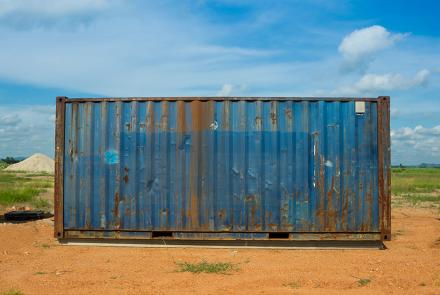 / 09 Oct 21The Federation of Freight Owners Association describes abandoned cargo as goods which the consignee has no intention to take delivery even after the elapse of a reasonable period of its arrival at the destination port. It also includes instances where the consignee cannot be identified or located.
/ 09 Oct 21The Federation of Freight Owners Association describes abandoned cargo as goods which the consignee has no intention to take delivery even after the elapse of a reasonable period of its arrival at the destination port. It also includes instances where the consignee cannot be identified or located.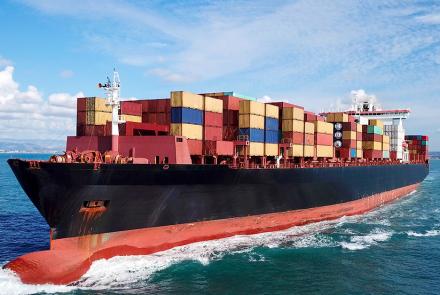 / 26 Sep 21The COVID-19 pandemic took the world by storm last year and the consequential shutdowns of factories and offices continue to have ramifications today. The emergence of new coronavirus variants is adding to the already crippled supply chains, while events like the accidental Suez Canal blockage in March this year by a giant container ship and its consequences point to the fact that the shipping & logistics industry is yet to regain traction.
/ 26 Sep 21The COVID-19 pandemic took the world by storm last year and the consequential shutdowns of factories and offices continue to have ramifications today. The emergence of new coronavirus variants is adding to the already crippled supply chains, while events like the accidental Suez Canal blockage in March this year by a giant container ship and its consequences point to the fact that the shipping & logistics industry is yet to regain traction.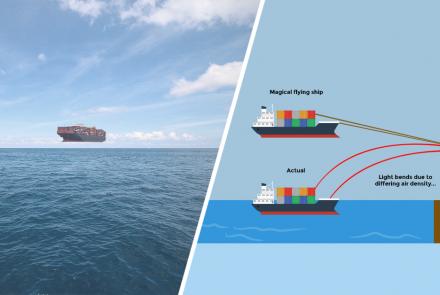 / 20 Sep 21It’s an everyday sight to see aircraft flying over the horizon. It’s something one would not give a second look or even raise an eyebrow because airplanes fly, anyway. But how would you feel seeing a gigantic ship suspended mid-air above the oceans? Would you not be wonder-struck thinking how that could ever be possible!? Such a possibility undermines human imagination. Is that a miracle that one may call the eighth wonder of the world or a natural phenomenon behind which there’s an established scientific explanation?
/ 20 Sep 21It’s an everyday sight to see aircraft flying over the horizon. It’s something one would not give a second look or even raise an eyebrow because airplanes fly, anyway. But how would you feel seeing a gigantic ship suspended mid-air above the oceans? Would you not be wonder-struck thinking how that could ever be possible!? Such a possibility undermines human imagination. Is that a miracle that one may call the eighth wonder of the world or a natural phenomenon behind which there’s an established scientific explanation?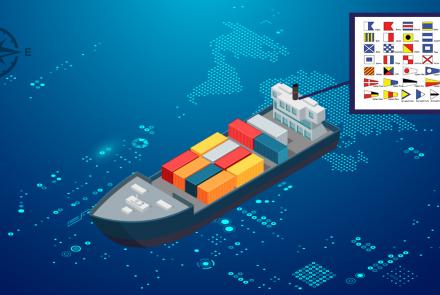 / 14 Sep 21The International Code of Signals is a universally followed standardized classification of signals and codes that vessels use for communicating with one another on navigational safety and other related issues. These codes are a systematic progression of the different maritime flag signaling methods used during the earlier times.
/ 14 Sep 21The International Code of Signals is a universally followed standardized classification of signals and codes that vessels use for communicating with one another on navigational safety and other related issues. These codes are a systematic progression of the different maritime flag signaling methods used during the earlier times.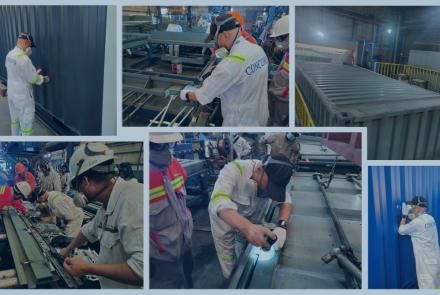 / 06 Sep 21Shipping containers perform a critical role in the global trade & commerce industry. This can be gauged from the fact that ocean carriers are responsible for transporting 90% of the world’s finished goods & raw material, where shipping containers themselves constitute a major portion of this volume. Any disruption in the free movement or availability of containers for trade leaves behind ripple effects in industries dependent on raw materials as well as the consumer goods market. It also impacts various other activities reliant on the shipping industry.
/ 06 Sep 21Shipping containers perform a critical role in the global trade & commerce industry. This can be gauged from the fact that ocean carriers are responsible for transporting 90% of the world’s finished goods & raw material, where shipping containers themselves constitute a major portion of this volume. Any disruption in the free movement or availability of containers for trade leaves behind ripple effects in industries dependent on raw materials as well as the consumer goods market. It also impacts various other activities reliant on the shipping industry.
